 It has been a year since Energy Transfer Partners bulldozed the sacred burial grounds just beyond the borders of the Standing Rock Sioux Reservation to clear a path for the Dakota Access Pipeline – and about 10 months since I hightailed it over there.
It has been a year since Energy Transfer Partners bulldozed the sacred burial grounds just beyond the borders of the Standing Rock Sioux Reservation to clear a path for the Dakota Access Pipeline – and about 10 months since I hightailed it over there.
Why write this now? Well, yesterday I attended the screening of a documentary on Standing Rock. It fell short. It omitted what I consider some of the most salient facts. Afterward the nonnative filmmaker mentioned how people drove gasoline-powered vehicles to an oil pipeline protest and then left a bunch of trash behind. It irked me.
I’ll address both of those issues in a while. This will be long. I’m actually writing this more for me than for you. I want my friends to know what I know, and I want to be able to look back and remember some details before time wipes them away.
Give me land, lots of land
For 20-some years it has been my privilege to associate with members of our local indigenous community. There are quite a few people living in the Santa Clarita and San Fernando valleys whose ancestors lived here long before the first white person set foot in our valley in 1769. No, they did not all vanish. Yes, the Spanish conquerors and the Mexican regime and the American “pioneers” did a rather thorough job of eradicating them, but the newcomers weren’t 100-percent successful.

In bygone days, the Lakota people placed their dead on biers surrounded by stones. The organic material is long gone, but the stones remained, like headstones or cenotaphs, marking the sacred locations. Energy Transfer Partners bulldozed them a year ago this month. (All photos by Leon Worden except this one and the poster and map.)
Maybe you’ve heard the term “white privilege” but don’t know the true meaning. It’s not about skin color. Let me put it this way. I’m a white guy. A European American. I’m here in California because my ancestors were able to come to the United States in the 1800s because of laws written by other Europeans who sailed to the Americas in the 1700s and started their own country on land that didn’t belong to them.
I own property in California, which becomes absurd if you think about it too much. An estimated 300,000 people lived in California before the Spanish arrived. Here in the Santa Clarita Valley in the early 1800s, especially in 1802 and 1811, Spanish soldiers cleared out our local villages, took the inhabitants to the missions and forced them to work for the padres. The subsequent Mexican period was chaotic, opening the door for the nation on North America’s East Coast to pursue its “manifest destiny” and invade the west side of the continent in the 1840s.
After statehood in 1850, California cities and towns put bounties on the scalps of indigenous people. The state Legislature reimbursed the cost, and the federal government reimbursed the state to the tune of $1 million (in 1860s dollars). Meanwhile the state made it legal for white folks to take Indian men, women and children as slaves. That law was repealed only with the Civil War that also freed African slaves. By 1900, just 15,000 to 17,000 indigenous people were still alive in California, versus 300,000 prior to conquest. They still couldn’t vote and weren’t even full United States citizens until 1924. That’s maybe your parents’ or at least your grandparents’ lifetime.
So I own land in this state. I received an inheritance from my parents and will leave an inheritance to my heirs. It is an inheritance many native Californians do not have because their ancestors were swindled or killed for it.
That is at least one meaning of white privilege.
Enough background.
 Seventh Generation
Seventh Generation
At first, the news reports about Standing Rock competed with other reports of other wrongs being done to other tribes. They never stop. Then the story began to grow legs, as reporters say.
In part because they developed a slogan. Mni Wiconi. Water is Life.
Simple. Direct. Mni Wiconi (pronounced “mini wi-CHO-ny”). It’s from the Lakota-Natoka-Dakota Sioux origin story of the Oceti Sakowin, the Seven Council Fires. The story tells how the blood of First Creation (Inyan) covers Grandmother Earth (Unci Maka), the sky (mahpiya) and the water (mni).
As one clever indigenous rapper put it: “If the Earth is not your mother … are you from Mars?”
Even the folks at NASA’s Jet Propulsion Laboratory in Pasadena will tell you that wherever you find water, you find life. Conversely, no water, no life.
Mni Wiconi started as a youth movement. It was led by young members of the Standing Rock Sioux Nation who recognized themselves as the Seventh Generation that was prophesized by the Oglala Lakota warrior Crazy Horse, who said: “I see a time of seven generations, when all the colors of mankind will gather under the sacred tree of life and the whole earth will become one circle again.”
Dial up the clock seven generations from Crazy Horse’s time, and we’re in it.
Standing Rock teenagers ran (on foot) all the way to Washington, D.C. They weren’t “protesting.” Their role, as they saw it, was to protect the water. To protect life. To complete the circle and protect the future.
Dallas Goldtooth (Dakota/Dine), then 33, of the Indigenous Environmental Network, coined the term “water protector,” and it stuck.

Poster art by Shepard Fairey features Helen “Granny” RedFeather of Pine Ridge, a veteran of Wounded Knee and Standing Rock.
Supreme law
A number of years ago, the Standing Rock Sioux tribal council voted to oppose any new oil pipelines on their treaty land.
Their “treaty land” is not the same as their delineated reservation land.
Under the U.S. Constitution, the treaties of the United States are the “supreme law of the land.” In 1851 the United States entreated with the Indians of the Great Plains. A peace treaty – like any other peace treaty the United States would ever sign with any other nation –, the 1851 Fort Laramie treaty acknowledged the various Indian nations’ exclusive right to an area stretching north from Wyoming and Nebraska to the current Bismarck-Mandan area in present-day North Dakota.
By the end of the Civil War, gold had been discovered in Colorado and Montana, the transcontinental railroad was under construction, the Army was erecting more forts on treaty lands, and conflicts arose.
In 1868 the U.S. hammered out a new treaty that established the Great Sioux Reservation. The new, shrunken territory covered the western half of present-day South Dakota, including the sacred Black Hills. The excluded or “unceded” parts of the former Indian lands were still available to them for hunting.
Then in 1874, American prospectors discovered gold in the Black Hills.
You might know of the trouble that erupted on some unceded hunting grounds in Montana two years later. It’s what the Sioux call the Battle of the Greasy Grass at a place your U.S. history books call the Little Bighorn.
The following year, the government took the Black Hills.

Little Bighorn Battlefield National Monument
Funny thing about promises made to Indians. Just how supreme is the “supreme law of the land?”
In 1887 the Congress changed the rules on Indian land ownership and opened the unceded land to homesteaders. In 1890 the government carved the Great Sioux Nation into five smaller reservations, Standing Rock being the northernmost. One of the southernmost, the Pine Ridge Reservation, is the poorest spot in America today. Take away somebody’s land, and see what happens.
So Standing Rock sued. It and the other Sioux tribes, as the legal successors to the Great Sioux Nation, wanted back the land that was guaranteed to them under the 1851 and 1868 Fort Laramie treaties.
The tribes won.
In 1980 – not 1880, but 1980 – the Supreme Court of the United States ruled that the United States had illegally taken the Sioux treaty land a century earlier.
The Supreme Court thought the United States should pay reparations to the Sioux tribes in the form of cash money – which, you’ll recall, is backed by the “full faith and credit of the United States.”
The tribes said no thanks. We just want our land back.
And that’s where it stands. In a sort of limbo.
On behalf of the United States, the U.S. Army, through its Corps of Engineers, holds and manages the land along the Missiouri River – treaty land – just outside the borders of the Standing Rock Sioux Reservation.
Energy Transfer Partners, builder of the Dakota Access Pipeline, will tell you – did tell you – that it phoned and emailed the Standing Rock leadership hundreds of times, trying to get them to parley. At first, Standing Rock said no. We voted. No pipelines on our treaty lands. It turned into a game of “What part of ‘no’ don’t you understand?”
Eventually the tribe stopped answering the phone.
Oil for Asia
“DAPL” rhymes with “apple” and stands for “Dakota Access Pipeline.”
DAPL was never about “securing America’s energy independence.” It was always for export to China.
Now that the oil is flowing, you can read it for yourself in Energy Transfer Partners’ quarterly earnings reports.
It wasn’t about jobs, either. DAPL provides approximately 40 permanent jobs. Forty.
What about construction jobs, you ask? Listen. I’ve seen the same guys who poured concrete for a road project one week build a solar farm the next week. It’s up to our nation’s industrial leaders to decide what the next project will be.
Less than equal
DAPL is a four-state pipeline stretching roughly 1,200 miles. Fracked crude oil travels through it from the Bakken region in norwestern North Dakota to South Dakota to Iowa to Illinois. From there, the oil flows through another pipe to refineries in Texas and then gets loaded onto Asia-bound vessels.
A 1,200-mile pipeline, and the federal government decided no environmental impact statement was necessary.
An environmental impact statement, or EIS, is the federal equivalent of an environmental impact report (EIR), which you might know is completed for large-scale housing developments and other big projects that could threaten the environment or impact roadways and other infrastructure. It’s a full-blown environmental review process that gives all concerned parties a seat at the table.
With no EIS, the Standing Rock Sioux Tribe never got its seat at the table.
Let’s put that into perspective. Here in Santa Clarita, we’ve been dealing for a couple of decades with the threat of a giant gravel mining project in Soledad Canyon. Because the mine would be situated on federally owned land and might affect our local groundwater source, the federal government ordered an EIS.
For a gravel mine that would impact only us. Here. The Santa Clarita Valley. Specifically Canyon Country, Agua Dulce, Acton.
You, Mr. Federal Government, do an EIS for a mining project which, while large, encompasses just one piece of our relatively small valley – and you don’t think an EIS is warranted for a $3.8 billion oil pipeline that spans FOUR STATES?
That’s one reason I went. The injustice of it. The imbalance. But let’s look closer.

The yellow line is the originally planned crossing. The red line is the final crossing at Lake Oahe. The purple is Army Corps property. Source: Army Corps. Click to enlarge.
Black snake
DAPL was originally going to span the Missouri River north of Bismarck, more than 50 miles away from the Standing Rock Sioux Reservation.
The Army Corps never did an EIS, but it did do its own lower-level “environmental assessment” in November 2015 when Energy Transfer Partners decided it wanted to change the route and cross the Missouri River at a place called Lake Oahe.
Lake Oahe is one of several reservoirs created in the 1940s and 1950s when the Army Corps built five huge earthen dams along the Missouri River to protect predominantly white cities from natural flooding. Thing is, the water impounded by the dams created reservoirs that flooded out the Missouri Valley bottomlands in North and South Dakota – right where the Indians lived. With no representation in Washington, they were forced to move. Again.
The Army Corps listed its reasons for approving DAPL’s realignment to Lake Oahe.
One: cost. Whether through eminent domain or private transaction, Energy Transfer Partners has to pay money to property owners to lay pipe across their land. The original route, steering clear of Lake Oahe and Standing Rock, would have been 11 (eleven) miles longer. The shorter the route, the lower the cost to the company.
Since when is a private company’s construction cost for its own non-government project any concern of the U.S. Army? That is not a rhetorical question. I don’t know the answer.
Incidentally, Energy Transfer Partners’ cost savings for those 11 miles: $23 million. Energy Transfer Partners’ cost if it makes good on its promise to reimburse North Dakota for “policing” water protectors (latest estimate): $38 million. Amount Energy Transfer Partners has paid to date: $0. Amount Congress has agreed to pay: $10 million.
Two: environmental risks. The shorter the route, the lower the potential for construction accidents and the less drilling fluid put into the ground. Then again, the report rightly notes that “no action” (no pipeline) would eliminate all risk of environmental harm.
Three: complaints. White farmers north of Bismarck – farmers who happen to be white? – complained that a pipeline rupture on the northern route might contaminate their wellheads.
Yep. For all the talk of “pipelines never leak,” which of course they do, the farmers were afraid it would leak – and foul their water supply. After all, mni wiconi.
So the Army agreed to stick the pipeline down in Indian Country, just above the Standing Rock Sioux Tribe’s water intake.
(Yes, Energy Transfer Partners offered to move the tribe’s water system from Lake Oahe in North Dakota to the tribe’s riverfront property in South Dakota. But – what? The tribe didn’t want that.)
There is a fourth factor nobody really talks about.
After it created Lake Oahe, the Army Corps kept it. The Army Corps manages hundreds of federally owned water bodies in at least 43 states. The Army Corps charges money, through permit fees or lease payments or both, when developers use or cross or install pipelines on or under its property.
Put simply, Energy Transfer Partners pays the Army Corps for the privilege of crossing the river there.
If the pipeline crossed the river north of Bismarck on private land, the Army Corps would get no money.
After I read that, I couldn’t load my truck fast enough.

Jackson Browne and Bonnie Raitt performed for the water protectors.
People power
There was no question I was going to Standing Rock. People who know me weren’t asking whether I was going, but when.
For me, it wasn’t about oil, per se. It was about treaty rights. It was about tribal sovereignty. It was about respect. It was about institutional racism. It was about the law and the (un)equal application thereof. It was about a group of First Americans being disregarded and ignored by the government. Supposedly “my” government. Again.
I had made some online contacts in the camps. I checked to find out what the needs were. The biggest need was bodies. The prevailing thought was, there is power in numbers. Getting enough “warriors” on the ground should make it harder for the federal government to storm in and clear everybody out – out of their treaty land, if you look at it from a tribal perspective.
Out of public land, from a government perspective. Under federal rules, every American of any stripe has a right to fish, hunt and camp on that land.
Camping there would be perfectly legal.
So my son and I shopped for camping gear and loaded up the supplies we collected from friends old and new, and we were off.
In my gas-guzzling F-150. Like I said, for me it wasn’t about oil. But I don’t begrudge anti-oil people for driving there. They didn’t decide what kind of world we live in or how we power it. One day they will be the deciders. “Oil for cars” is only a century old, don’t forget. We’ve done without it before. We’ll do something else in the future.

Facebook Hill, the communications hub at Oceti Sakowin Camp. It was the only place you could find a somewhat reliable signal.
Mission accomplished
My son Jake likes to take road trips with his old man, and I love him for that. He has his own life and his own passions, and I wouldn’t have it any other way. We got to Standing Rock together in mid-November, and he stayed a couple of days and nights before flying back home. That counts. Thank you, son.
I stayed three weeks. It was a once-in-a-lifetime experience. But that’s another story. The point of this essay was my rationale for going, and I’ve given that.
OK, one tidbit. I happened to have a police radio scanner in my truck. While the police and the private military contractors hired by Energy Transfer Partners were surveilling us with aircraft, we were able to surveil them and monitor their troop movements.
 Turned out, Standing Rock was a training ground for rookie officers. Groups of new recruits were sent from police departments in other states to learn “riot suppression.” I hope they learned what they need to know the next time they face down unarmed civilians in a prayer circle.
Turned out, Standing Rock was a training ground for rookie officers. Groups of new recruits were sent from police departments in other states to learn “riot suppression.” I hope they learned what they need to know the next time they face down unarmed civilians in a prayer circle.
Where was I? Oh, right. The trash.
On Dec. 4, we had just linked hands in a huge prayer circle around the entire Oceti Sakowin Camp when word came down from the sacred fire that President Obama had rescinded the Army Corps permits for DAPL to cross Lake Oahe. American flags that had flown upside-down in distress were immediately righted and proudly carried aloft on horseback through the circle.
The president’s decision meant, in all likelihood, an EIS would have to be done. That was exactly the thing – the only thing – the tribe was asking for. A formal hearing. Fair treatment. Respect as a sovereign nation.
Mission accomplished, I left Dec. 6. But like that other “mission accomplished,” it wasn’t over.
On Jan. 24, President Trump cancelled the cancellation. Completion of the pipeline started immediately.
The relatively few people who remained at Oceti Sakowin Camp were given until Feb. 22 to vacate.
Oceti Sakowin Camp was an organic culture, by which I mean there was not a leadership or command structure as most nonnatives (natives, too) might expect. Standing Rock and other tribal elders were present to provide guidance and were looked up to and respected. They advised, they shared their experiences, but they didn’t tell people what to do. The camp was technically off the reservation. Instead, the camp had developed a culture of its own, long before I arrived. By coming there and joining that community, I was expected to, and did, follow its norms, just like everyone else.
One thing you learned upon arrival was to leave whatever camping materials you could comfortably afford to leave for the next person. That’s because a lot of people in camp hitched rides from Pine Ridge and elsewhere. Not all water protectors could afford camping gear.
So we left what we could – sleeping bags, tents, miscellaneous supplies. We (a group of us) even went shopping as we were preparing to leave. We hit up every home improvement and sporting goods store in Bismarck and bought every cot we could find. The medical tent in camp needed cots for people who were still recovering from the seen-on-TV incident with the water cannons and rubber bullets a few frigid nights earlier.
So you could say we literally went out and bought trash to leave behind. You see, after Jan. 24, all of the supplies left in camp for the “next person” became trash because there wasn’t going to be any “next person,” on order of the new president.
A lot of money had been donated from across the country and the world in the preceding months. The Standing Rock Sioux Tribe spent much of it hiring contractors to remove what was now trash.
On its own volition, worried rightly or wrongly that the Feb. 22 deadline might be missed, the Army Corps went out and spent additional money – your tax dollars – to hire more contractors to finish the cleanup work faster. That is what you saw on TV. Nobody forced the Army to do it. I’ve seen the paperwork. It would have been done without your money, just not as quickly.
 #StandWithStandingRock
#StandWithStandingRock
I don’t know if you can really understand it if you weren’t there. Camp was a beautiful thing. It’s is how life was meant to be lived. No drinking, no drugs, no weapons, no selfishness, no prejudice. Wonderful, considerate people from the four corners of the earth, indigenous and “white allies” alike, all races, all genders, even historic Native American enemies coming together in time of need for a singular purpose, treating each other as you would want to be treated.
I think 10,000 or 20,000 water protectors was a vast and perhaps deliberate undercount. That might have been a daily average, but new people continually came and went, month after month. And the hundreds of thousands of indigenous and nonnative allies around the planet who helped the cause in their own ways, through marches, rallies, donations and with their hearts and computer keyboards, were just as much a part of it.
Most of them never heard of Standing Rock – before Standing Rock. It became a metaphor, a rallying cry, a song of the indomitable human spirit.
The oil might be flowing now, but the water protectors won. Simply by being there.
I was determined to go to Standing Rock not as a journalist but as a white ally – someone who could use his white privilege for good. Someone who could afford to take off and fight a fight that was 1,500 miles away not because he was under personal attack but because it was the right thing to do.
I went there to lie down on Highway 1806 or strap myself to a bulldozer or just haul supplies and pick up trash (which we all did) and pull cars out of ditches with my winch (which I did) if that’s what the community wanted.
I am a child of colonists. That is why I did not make my own documentary and haven’t really reported on it before, except for making daily posts on Facebook like thousands of other water protectors.
It wasn’t my story to tell.
Leon Worden is the president of SCVTV, the nonprofit public television operator in Santa Clarita, Calif. His commentary reflects his personal opinions.
UPDATE: On Sept. 28, 2017, Energy Transfer Partners paid the state of North Dakota $15 million of the estimated $38 million cost of policing the water protectors.

Oceti Sakowin Camp when I arrived in mid-November. (Click to enlarge.)

Oceti Sakowin Camp in early December.
Like this:
Like Loading...
Related








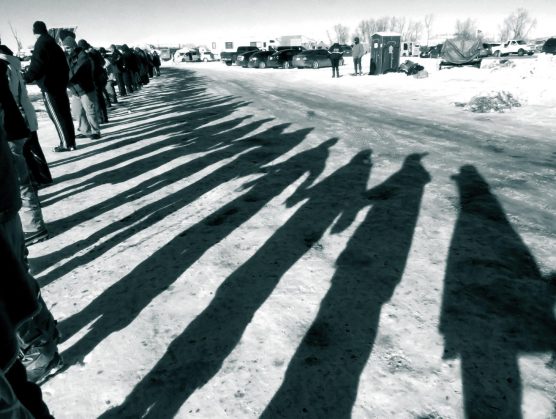

 Tweet This
Tweet This Facebook
Facebook Digg This
Digg This Bookmark
Bookmark Stumble
Stumble RSS
RSS











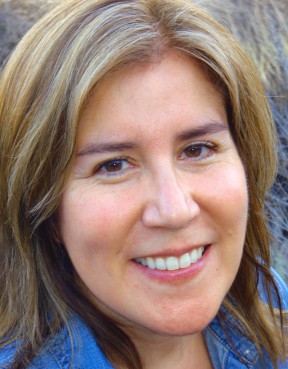
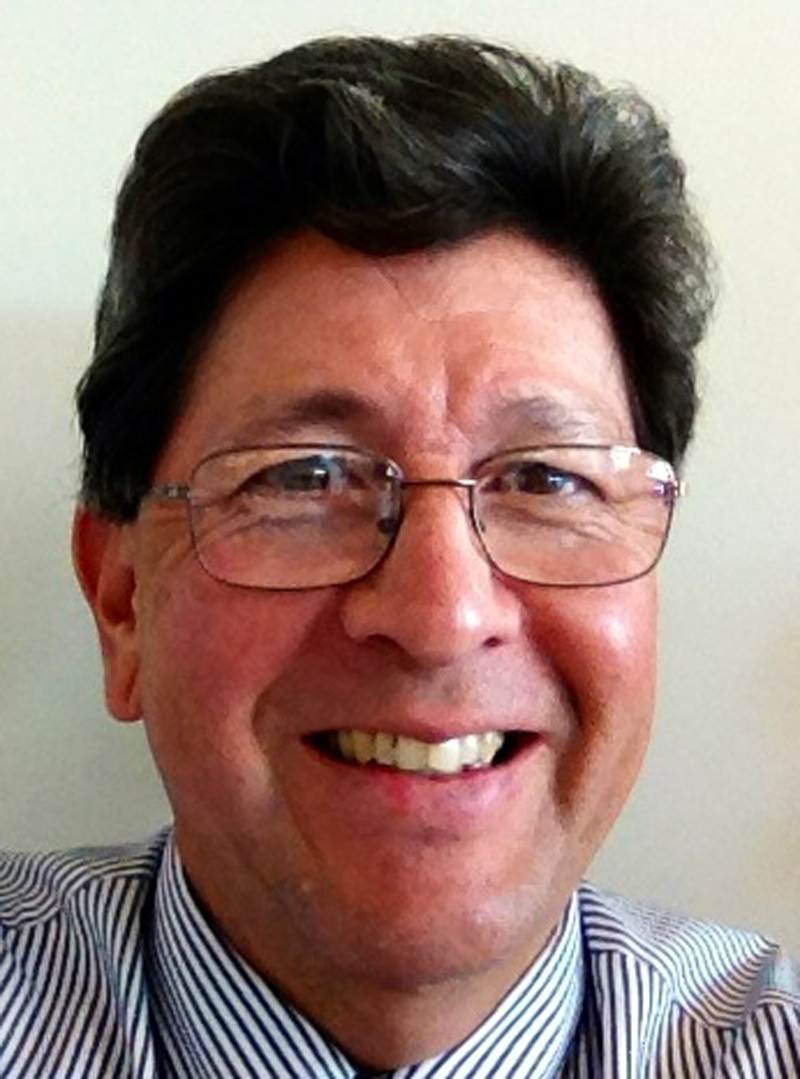

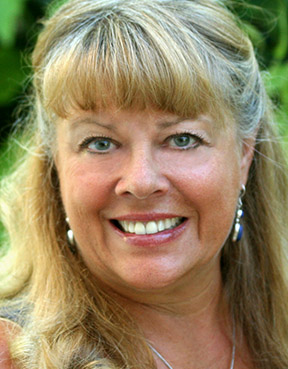

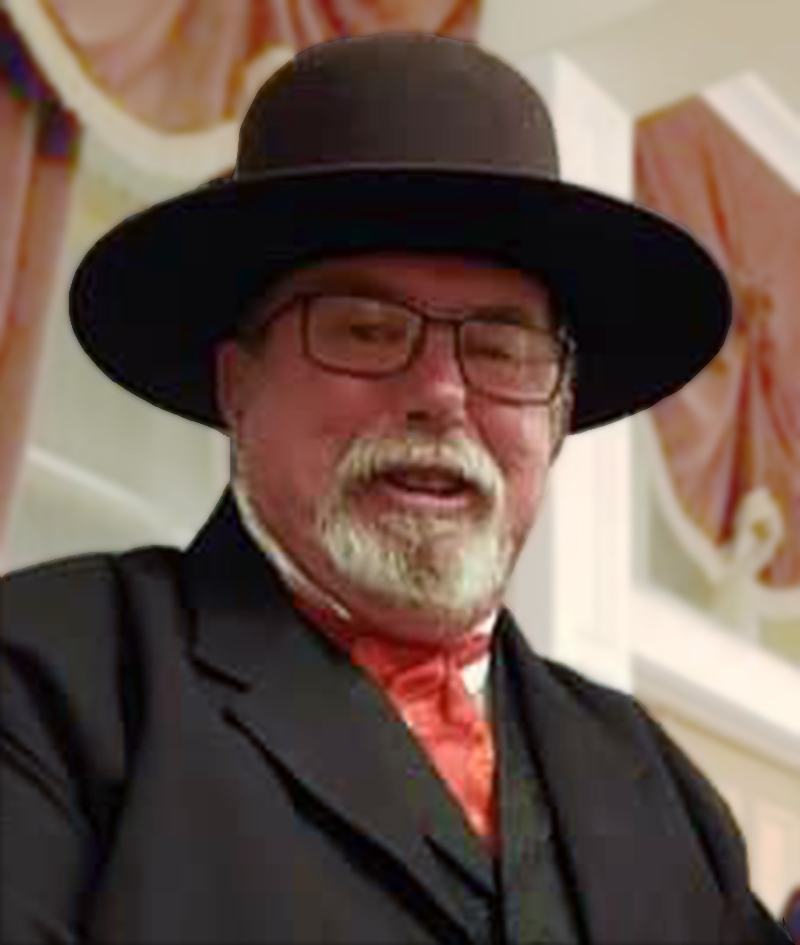
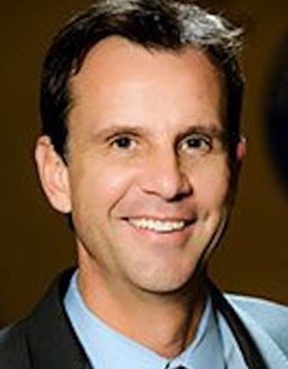
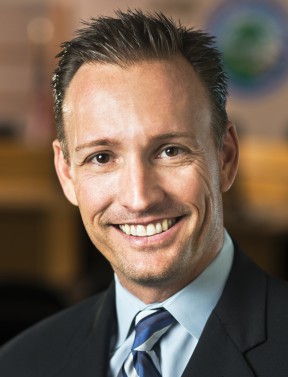

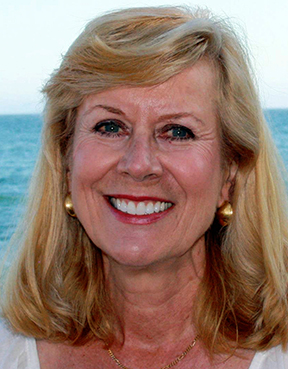


























REAL NAMES ONLY: All posters must use their real individual or business name. This applies equally to Twitter account holders who use a nickname.
13 Comments
Thank you for putting this together and making it clear. Sadly, Black History and Native Americans History is full of holes. Thank you so much for trying to make a change.
Many Thanks for bringing this back to the original facts- summed up so clearly.
as a digital warrior since the end of August nearly 10K miles fm #StandingRock, your local example of gov’t inconsistency is important.
News to me in your article is the fact that the Army Corps of Engineers get the ‘rent’ fro land that’s not even theirs. Somehow I missed that in the barrage of info at the time. OMG, doesn’t that just take the cake . . .Throughout this whole time I kept trying to understand why on earth The Army Corps was so hell bent on this injustice when all along it was only about money, not about doing the right thing in their stewardship. I’m sickened all over again.
Thank YOU for going to #StandingRock for caring and for standing up for what’s right. There is nothing more important than protecting #MniWiconi Boy-O-Boy do we still have our work cut out for us, but OH what a beautiful gathering this was . . . We shall overcome this too.
I watched that film yesterday also at the Autry. I left after hearing him speak, I was unhappy that he didn’t truly get the importance of the need to save us from ourselves……as humans, it saddens me to say, our flaws are larger than our ability to to live in peace and community…….you writings are appreciated.
Thanks Leon for an informative well written article on a subject I knew nothing about (except the occasional news article). I now have a better appreciation for the issue.
Excellent Leon.
I don’t do Facebook so was not updated by your daily posts. It would have been nice to have seen it posted here in realtime on SCVTV.
Thank you for the courage to participate, but also to stand up for the rights of others.
Is it possible for you to have a screening of the Standing Rock documentary in Santa Clarita, and you discuss your experience?
Gene Uzawa Dorio, M.D.
Well written! I appreciate your reporting on this on FB.
Thank you for your well written article, I especially appreciated your tight explanation of the early white immigrants and their laws about who can join them in stealing a continent.
You left out the part of how the USACE acquired control of the land around Oahe. After 1940’s flooding on the Missouri river the Corps built 5 flood control dams, each situated to protect cities and flood Native bottom lands. Tribal members were driven from their homes as the waters rose. The cruelty of this was repeated last winter as the government told the Water Protectors they had to leave before spring flooding might occur. USACE controls how much water can enter Oahe because they control the dam upstream, and they control the water level in Oahe by controlling the spillway at Ft. Pierre.
(Leon): Good point. Added.
Nina Wopida tanka, (a BIG Thank You) Mr. Leon Worden, your sharing truth makes my heart happy.
(Leon) Thank you, Iris!
great article! have you seen the documentary More than a pipeline about Standing Rock?
You can watch for free here: http://www.morethanapipeline.com
(Leon) Nicely done, Robert, thank you! Excellent work. Sorry we missed each other — sounds like you got there a couple of days after I left. Actually I think I was stuck in a blizzard outside of Bismarck when you arrived.
This is A Good Read!